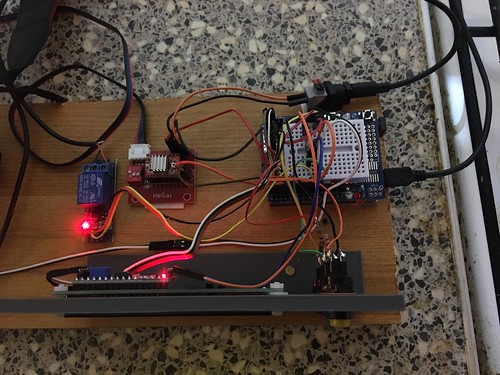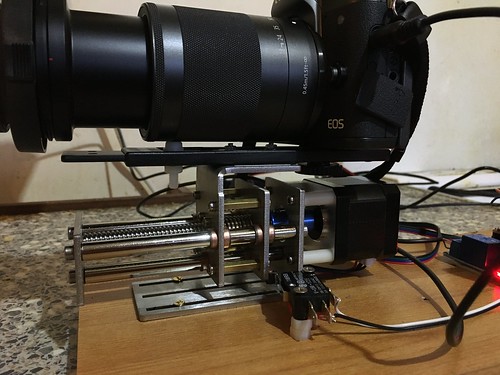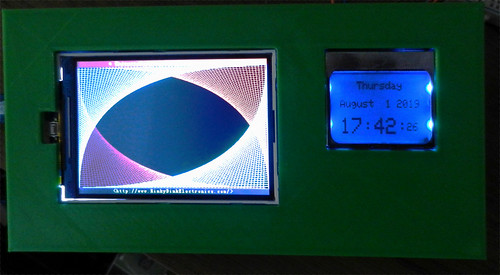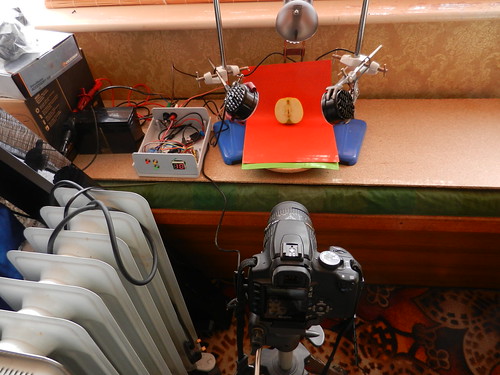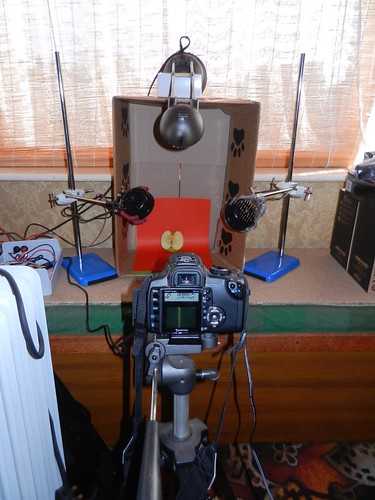
I gave up on that idea for now but when I bought the Airfryer I found myself forever looking up recipes, especially temperatures and cooking times, for various foods. I started to write them down and then a flash of inspiration! Re-purpose the display to show a list of the items of food I will be airfryijng. Well it rook a lot longer than I thought to get an Arduino sketch (program) to work as it was the first time I had worked with arrays which contained more than one character in each entry. As always it was my lack of understanding when and where to define static, unchanging, and changeable integers, arrays and character strings. After the best part of three days reading and testing I finally made it work as I wanted.
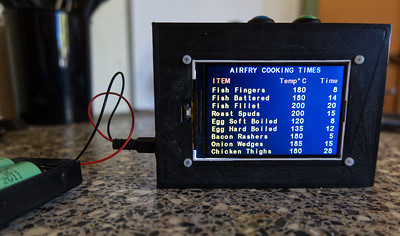
Powered by two lithium rechargeable cells. The green and blue buttons on top allow me to scroll up and down through the list.
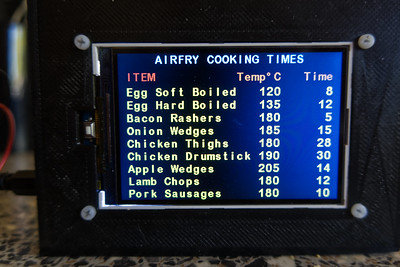
Three days of muttering, reading, rewriting code seems a lot for what ended up as less that 100 lines of code but I learned quite a lot and am finding it a useful addition to the kitchen clutter.



